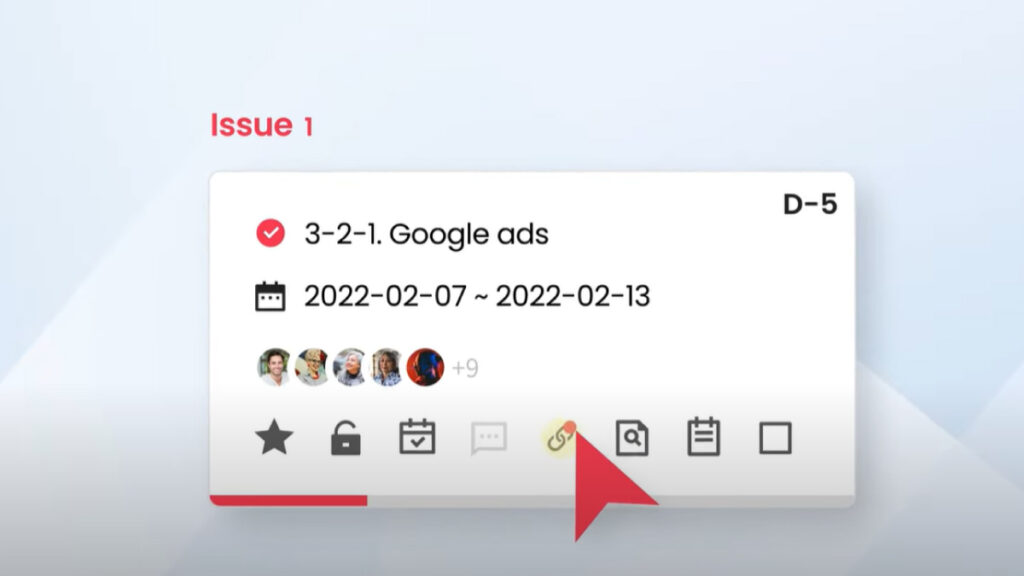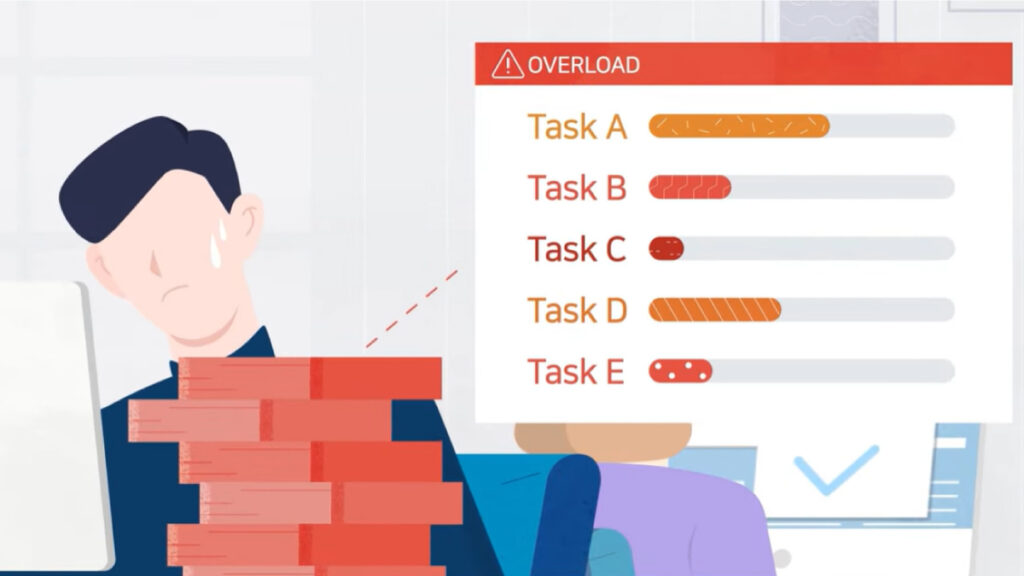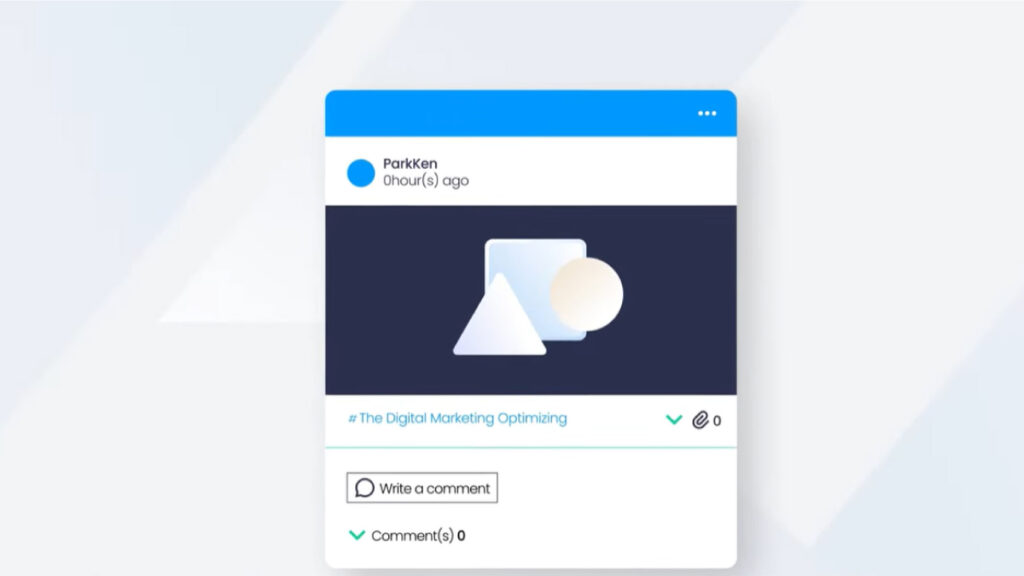Marketing Organization & Agile
Why do we need it?
Declare the ‘Agile era.’
Agile methodology had been begun by the 17 software engineers who are dissatisfied with the prior waterfall method in the year of 2001. Unlike the vertical and passive waterfall method based on the management’s prior planning and approval, it was born as a methodology that can respond immediately to customer needs and minimize costs caused by various variables and issues.
There are many flowing stories about the agile organizational culture and methodology applied by giant corporations such as Microsoft, Spotify, Supercell, and Netflix. The type of culture now becomes one of the business practices. Why do people make praise for Agile? This is because Agile is a methodology that begins with a philosophical question rather than a simple how-to and is rooted in strong consumer needs and principles.
Agile organizational culture
“Marketing: The Age of War”
The reason for the existence of marketing is “customer needs”

 Recommend it to people as below.
Recommend it to people as below.
Team leader who should manage a few projects in a short period of time.
Project manager who needs to immediately deal with the project which has many variables.
Company member who is confused of what to do because he or she is in charge of many projects.

Marketing organizations respond in real-time to projects with many variables, focusing on customer needs and requiring immediate response. Agile methodology can solve many issues in tabletop discussion of inefficient business report and management approval, vertical business process, tons of projects that need to be cleaned up in a short period of time, and endless conversations like blackhole.
Taking the agile process of content marketing as an example, it is the process of identifying requirements> planning> contents production> distribution> A/B test > feedback. Content and promotions are executed during issue solving, and customers are communicated in real time.
It is an agile process of marketing that can maximize the efficiency of work and performance through organic real-time communication of all processes, as the quality of results increases as time passes through repeated execution of a short cycle.

5 basic principles of Agile
1. Work that is transparently shared

2. Instant project management
In a marketing organization with many different projects and variables, it is essential to have an intuitive understanding of the tasks our team members and our employees must do and are doing and the projects that are intricately intertwined. Also, communication about issues that need to be recognized and dealt with in real time is very important.
The first step of the agile process is sharing work between organizational members. Deep understanding the connection between the task of the members and the project makes project management more flexible and intuitive, resulting in the optimal performance.
Mind map function
l Intuitive project management in a hierarchical structure where projects can be seen at a glance
l Organic connection such as to-do/feed/relation through sidebar

The Kanban Board is inseparable from the agile method which requires agile and flexible management of fluctuating marketing projects.
With the Kanban Board, you can easily check and change the status of each task by dividing the task into 5 stages: pending – in progress – completed – issue – holding.
The intuitive board view makes it easy to manage projects and possible to recognize and feedback variables in advertising which has reached its due date in real time, immediately responding to customer’s requirements and varying issues.
Kanban Board Function
l Easy and convenient project management with drag-and-drop method
l Real-time identification of project issues at a glance
3. Priority of task

In an agile process, tasks must be prioritized according to their importance, and based on this, team members can quickly process tasks according to their priority.
In short-term sprint projects, you should focus on the task with high priority without grappling with unimportant ones. What most important in dealing with complex projects is to recognize urgent and significant issues and focus on handling them.
Task Features
l ‘Task Basic’ basic unit of project
l Intuitively manage all the functions related to work such as priority, schedule, feed, and file management
4. Member management

In the marketing agile process, misallocation of human resources such as project managers, team members, and related department personnel on each task can bring about a result that promotions and advertisements may not match their original purpose and nature.
Also, allocating human resource on the delicate participant analysis is very important because it is possible that the project cannot be done in the due date without weighting each participant and their work efficiency can decrease much.
Participant management
l Accurate analysis and understanding of each member’s workload
l Appropriate human resource allocation in a new project
5.Real-time communication and feedback

Once the overall projects classified and prioritized, and members are assigned within the marketing team, you need to give feedback on the tasks (sub-tasks) in detail, thoroughly record issues, and communicate in real time.
Even if you divide a large project into pieces beautifully, it is very difficult for the project to succeed without thorough feedback and management for each piece, right? It is very important to efficiently manage each sub-task by recording all the major and minor issues that can be easily missed in the projects with many variables in agile work.
Feed Features
l Record all the issues such as memos, images, files, and links left by the person in charge
l Check issues and give immediate feedback to members in real time
We hope that this guide of the Five Principles of Agile will help organizations and members of marketing team who are seeking to make projects more efficient and grow faster.
